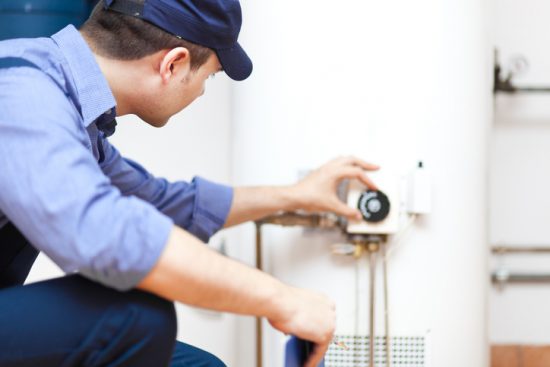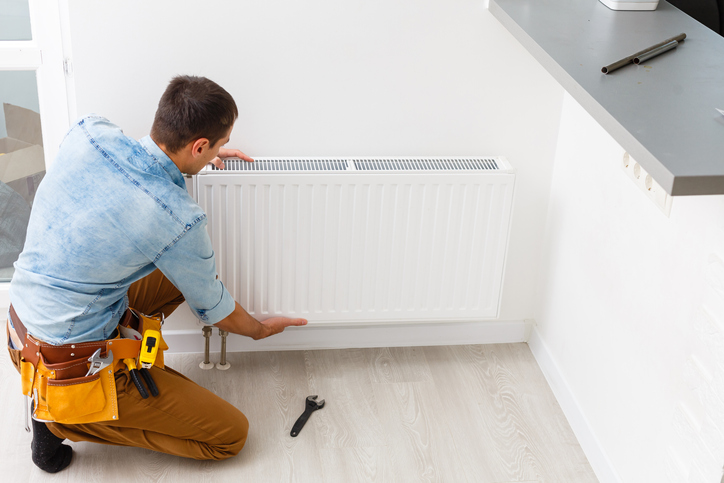How to Assess Home Heating Systems After You Become a Home Inspector
October 26, 2021
If you’re seeking a career as a home inspector, you’ll be helping buyers to get a good idea of the condition of the house they’re about to purchase. During your home inspection career, one important part of the home you’ll be assessing is the heating, ventilation, and air conditioning (HVAC) system. HVAC systems can be expensive to repair or replace, thus making it important for prospective homeowners to determine whether these systems are in good working order. Below, discover some tips to help you properly evaluate heating and ventilation systems within a home throughout your career as a home inspector.
After Home Inspector Training, Conduct a Visual Assessment First
Once you become a home inspector, the first thing you’ll want to do when beginning to inspect a home’s heating and ventilation system is to perform a visual assessment of the system itself. In most cases, a visual assessment can be very informative about the condition of the system itself. A visual inspection will allow you to flag any superficial problems, in addition to determining the system’s age and general performance. During your visual assessment, check the condition of the air filters–ensuring that they aren’t clogged with debris. Additionally, inspect the internal areas of the system to determine whether there’s a buildup of soot. If there’s an excessive amount of dust and soot, this can negatively impact the efficiency of the system. Lastly, inspect the blower motors and the fan belts, as these components may need to be replaced if they show significant signs of damage.

Perform Test-Starts to See How the System Operates
Once your visual inspection is complete, you can move on to test the performance of the HVAC systems. First, you can test-start the furnace to ensure that the temperature is correctly reflected on the thermostat, and that the furnace is firing properly. This test shows how the furnace is performing–helping future homeowners to know whether the right amount of heat is being delivered into the home. Next, you can check the safety switches within the system to ensure that they’re functioning correctly. Without working safety switches, homeowners are at risk of their heating system expelling pollutants into their air in their home. When these tests demonstrate that the furnace, thermostat, and safety switches are working properly, the heating system can be deemed both healthy and efficient.

Look Out for These Common Issues
As a professional with home inspector training, being familiar with common heating system issues can help you to catch a problem that might otherwise be overlooked. When it comes to heating system components, there are a few that will probably need replacing if an inspection hasn’t been conducted in a while. Air filters, belts, coils, valves, fan motors, compressors exchangers, and fuses are all examples of components which have a shorter lifespan than the system itself. When these are replaced, the longevity of the heating system will typically improve. Another set of issues to look out for are frequent cycling, a lack of heat, or too much heat coming from the furnace. These problems can indicate that the thermostat settings need to be adjusted, that the filters are clogged, or that there is insufficient airflow. During your home inspection career, look out for these issues in order to keep prospective buyers as informed as possible!
Ready to launch your home inspector career?
Get started with a program at the North American Trade Schools today!





